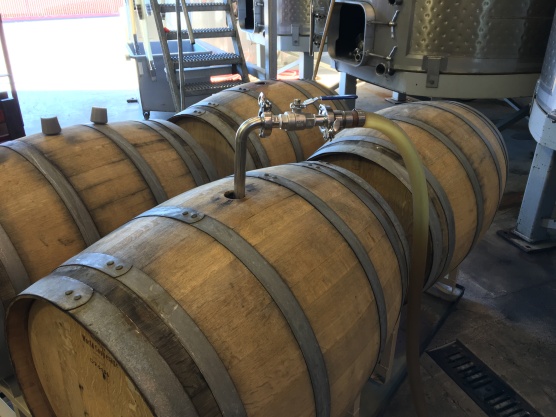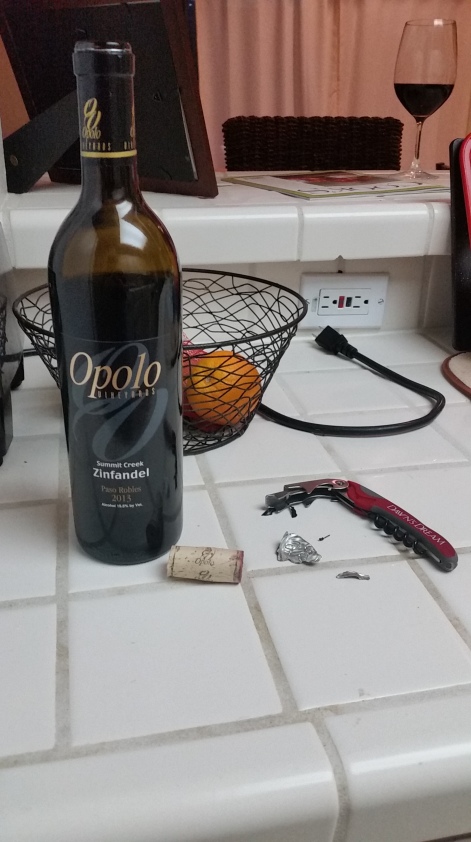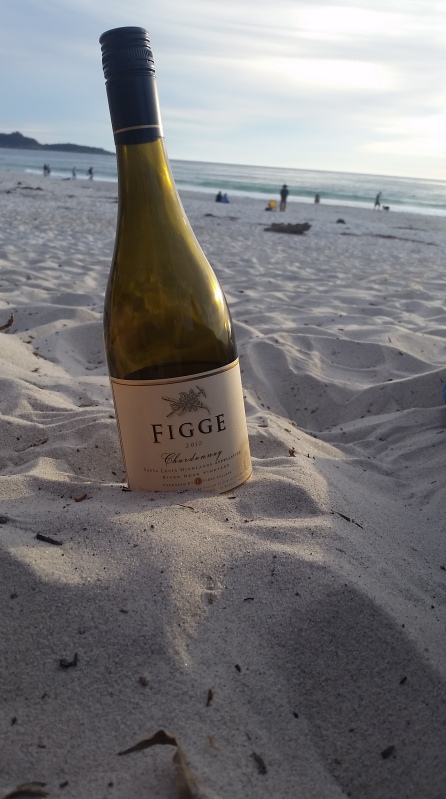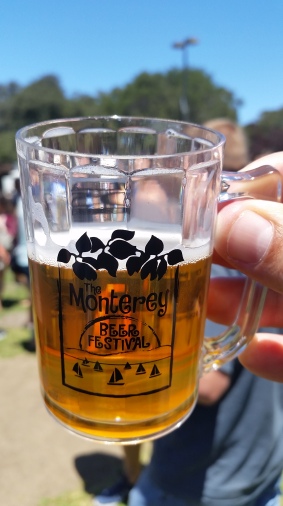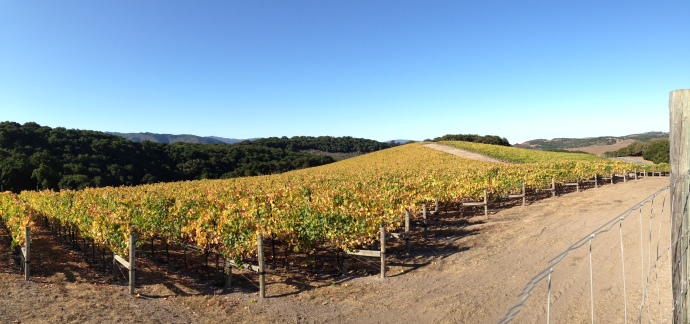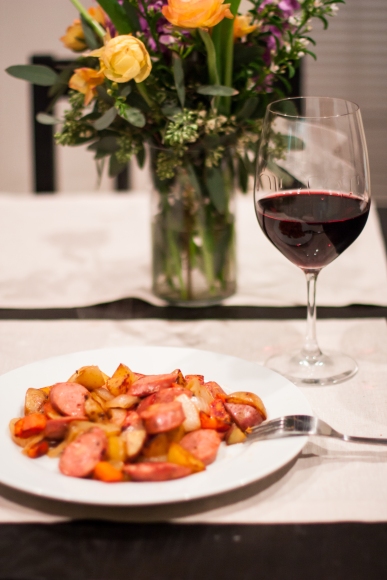“Tell us your name.”
“RIPE WHITE PEACH! Err…Aaron.”
We were made to stand up in groups of 5 and go through the tasting grid for a wine we were blind tasting. I had already done the thing that all 3rd graders do when they are asked to read aloud, counting paragraphs to see which will be theirs and then furiously practicing. So when the mic got passed to me I knew I had the palate portion of the tasting as my colleagues/victims before had already done sight and smell. I wished, in keeping with 3rd grade rules, I could have just grabbed the mic and been like, “popcooorrrrnnnn….THAT GUY!”

The blind tastings are set up in more or less 5 parts. First is sight: how bright the wine is, what the legs/tears are like, color, intensity, any evidence of bubbles or sediment. Easy. 10 seconds. Done.
Next is nose: cleanliness/flaws, fruit, non fruit, organic earth, inorganic earth, wood. What fruit do you smell and what is the condition? An overripe peach smells different than an underripe one. A baked apple smells different than a fresh one. Prunes smell different than plums. White flowers or honey (non fruit), compost or mushrooms (organic earth), slate or chalk (inorganic earth), baking spice or vanilla (oak presence), all come in the latter categories.
Then my portion, palate. Palate has two parts: taste and structure. So I had to do double work. First thing is confirming the nose. Yes I smelled ripe peach and now I taste it. I didn’t smell the slate minerality but I definitely taste it. Next is the structure part. I think Californians struggle with this the most because it’s hard to find a wine here that isn’t pushing 14% alcohol at least (if it’s a dry wine anyway). But to a Master Somm, 14% is quite a lot of alcohol relative to the wine world as a whole. So structure is about dryness, bitterness, acid, tannin, alcohol, body, texture, balance, length of finish, and complexity. It’s a lot to work through but it comes more naturally than you might think.
To be honest though I got lucky. I got the fun part, the drinking part. Also, if you want to cheat you can just say, ‘palate confirms the nose’ and just say all the stuff the last person said. I blurted out my one flavor note that I was sure of. As I said, alcohol was hard for me. If something was 12% I basically detected no alcohol heat, but my barometer is set on big CA wines. Other than that, once you go through a few of these blind tastings with the guidance of Master Sommeliers, you get the hang of it. At least I did.
The next 2 parts sort of go hand in hand. They are the initial conclusion and then the final conclusion. initial conclusion is sort of collecting all the things that you just tasted and smelled and saw and saying what you think about the wine based on that. So you might say, this is from the old world (Europe, basically), a moderate to warm climate, maybe an Albariño, if I’m going to say that I will go ahead and say it’s from Spain, and it’s maybe 1-3 years old.
Then it’s crunch time. The final conclusion. You have commit and go for it. This is an Albariño from Spain from the Riax Baixas region, 2014 vintage.
Never have you felt so unsure about anything. It’s not easy. Turns out that was correct though. 5 people including myself eventually muddled through it and landed at the right spot with the guidance of some Masters.
Blind tasting is a skill and it certainly has merit that I didn’t think it had until I took the course. It can tell you a lot about a wine and it’s quality. If you know that an area is a cool climate and produces higher acid wines, why is what I am drinking taste so alcoholic? Well, either it’s not from the area you think it is, they added sugar to boost alcohol after fermentation (which is legal in some places), or it’s an unbalanced wine. All of those things can give you an indication of quality or a sense of the wine’s place in the world. It’s useful but I still maintain that it is ultimately a parlor trick.

Some of the blind tastes
The blind tasting, of which there were 18, were a small part of the class. Most of it was lecture. After lecture. After lecture. After extremely dense lecture. They were all interesting but there is just so much information to pull out of them especially when you always have in the back of your mind, “is this going to be on the test?”
You sit through 2 days where from 8AM to 5:30PM you listen to people talk about wine, do blind tastings, and on breaks talk to your colleagues about, you guessed it, wine. Then you get to go home and study for the next day. By the end of day 2 you are totally fried. And then it’s test time. 35 minutes to do 70 multiple choice questions that can be literally anything from the last two days…or not. I know that there were a couple questions that they never covered. There were also questions about other beverages like sake, beer, and aperitifs.
When I signed up I thought it would be a breeze. Lots of info, but I knew I had enough knowledge going in to pass to the exam. After taking the exam I was not so sure. Sure I knew that burgundy was Pinot and all the low hanging fruit of wine knowledge (pun intended), but then I saw questions about soil types in Australia, and fortified wines from Spain and you start to second guess yourself.
The worst part is how they announce the people who passed. Basically you turn in your exam and you will never see it again. You will never know what you got right or wrong, or what the correct answers were. You sit in a big room with everyone else that took the test and they just start calling names out. You hear a couple Master Somms in the back pouring champagne for all the people who passed as you listen for your name.

My name was probably about the 20th name to be called. Which was good because I could not have made it to 40th on the list. I would have died of nervousness. Is that possible? Whatever, I am saying it is. I was certain I would pass and even though I was worried after taking the test, I was almost sure I passed. But each name that gets called that isn’t yours is one step close to it never being called. If they don’t call your name, you didn’t pass. Brutal.
But I made it. For whatever that is worth. Then you get to have a glass of bubbles and talk with everyone else about the big question, “When are you taking your level 2?” Calm down, Crazy! I just passed this test. Let me enjoy it.
I learned a lot. And it makes me want to learn more. And as always, I can share with all of you.


